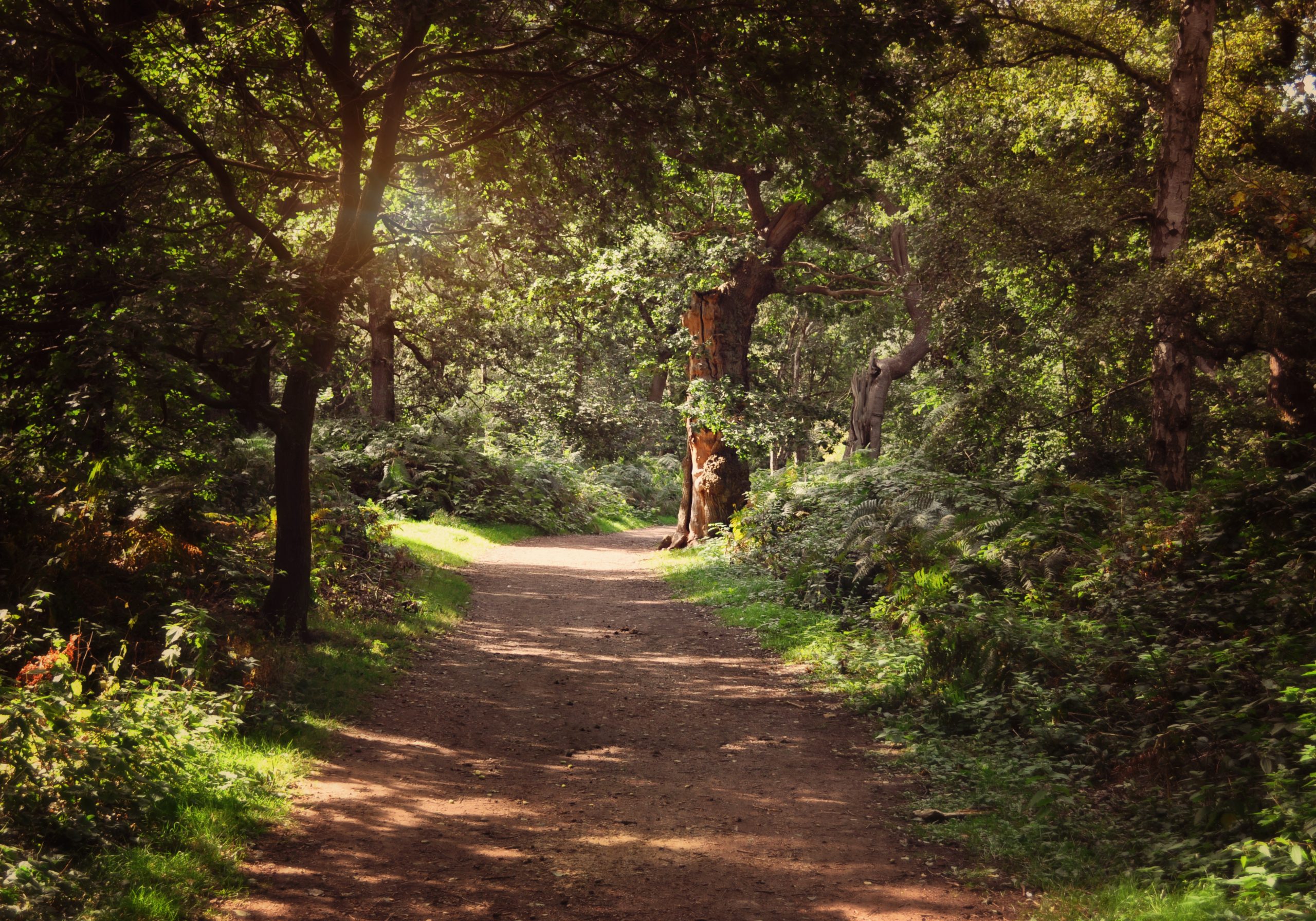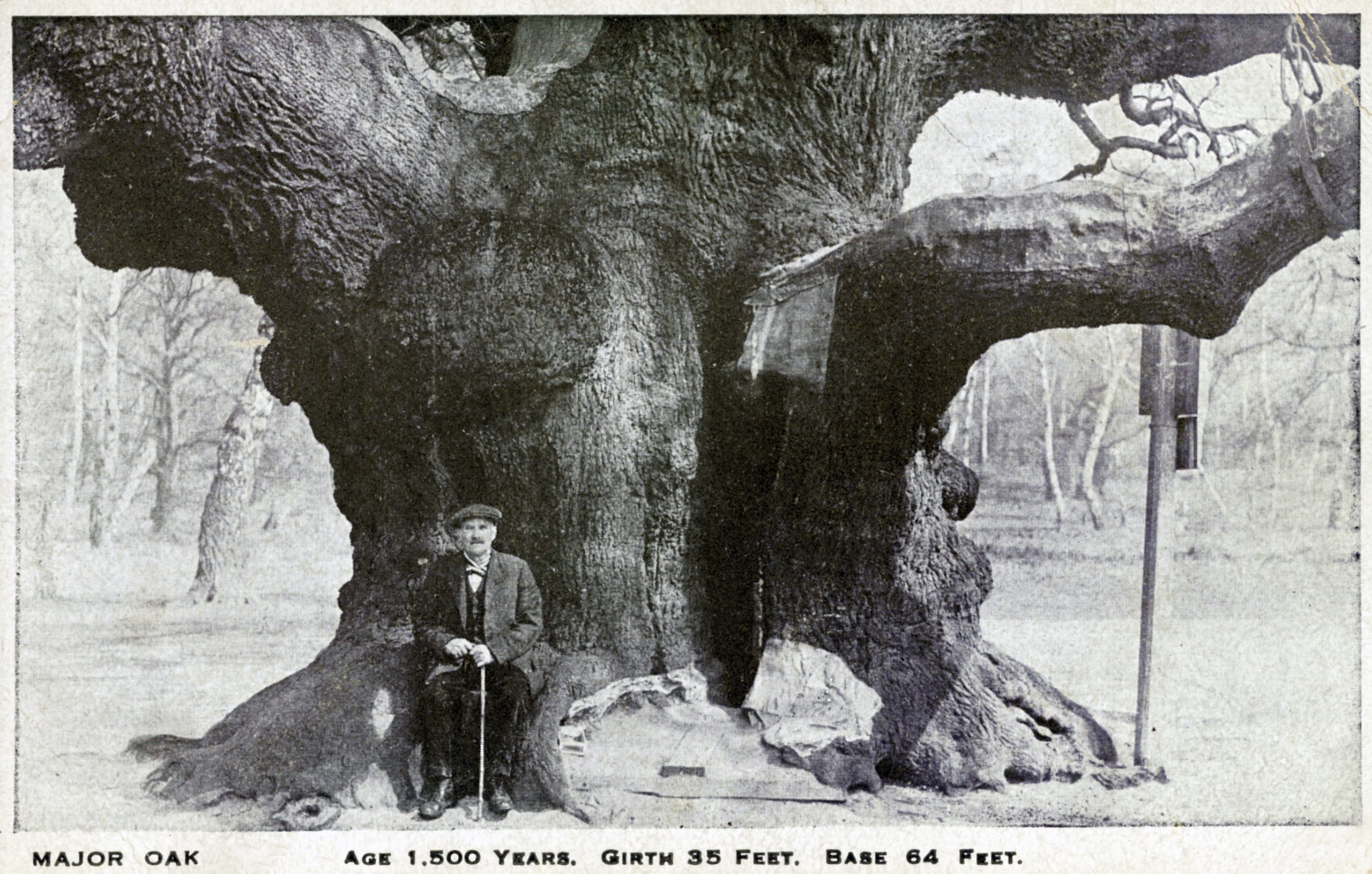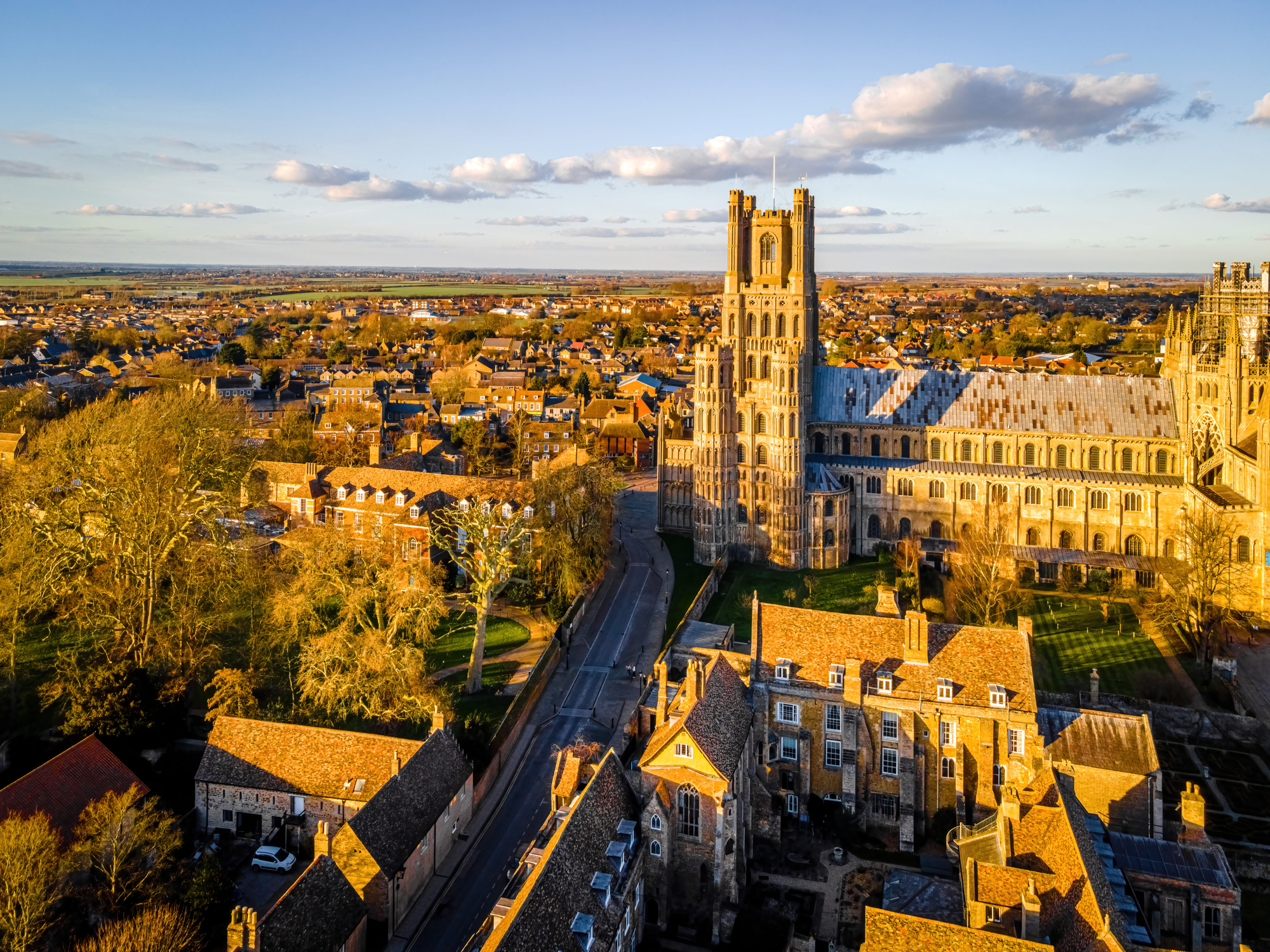Sherwood Forest, Nottinghamshire: The story of Robin Hood's woods
The ancient hunting grounds of William the Conqueror are famed across the world as the hiding place of the legendary outlaw Robin Hood.

One cannot overestimate the importance of hunting to some of England's monarchs over the last millennium — and how their passion shaped the country even as we know it today. Henry VIII's obsession shaped London's parks, for example, but even more impactful was William the Conqueror, who set immense tracts of England aside as royal hunting preserves, subject to their own laws and courts, capable of imposing horrific punishments on anyone found poaching the King’s ‘venison’ or game. These areas were known as 'forests'; the word was used not to denote land covered in trees, but areas set aside as wild land for hunting.
Thus Sherwood Forest, which at its zenith occupied some 100,000 acres of Nottinghamshire and Yorkshire, was not a forest in the modern sense of being uniformly covered with trees: woods of oak and birch stood next to swathes of grassland and heath, on which the King’s deer could graze.

From at least the late 14th century, Sherwood was associated with the great hero of English folklore, Robin Hood. William Langland, writing From The Vision of Piers Plowman in the 1370s, refers to his story, which was evidently well known, presumably having been told by travelling minstrels.
Robin, dressed in Lincoln green, is supposed to have lived at the end of the 12th century, when the future King John was minding the realm as his brother, Richard the Lionheart, was on crusade. The Sheriff of Nottingham was the King’s local representative, responsible for enforcing the forest laws.
Robin, unfairly dispossessed, became an outlaw, leading a band of Merry Men — Little John, Will Scarlet, Alan-a-Dale and Friar Tuck — with love interest being supplied by Maid Marian. The Great North Road, which passes through the Forest, provided rich pickings for their redistribution of wealth.
The Major Oak at Sherwood Forest

The Major Oak at Edwinstowe is pictured here in 1900, when it was estimated to be 1,500 years old; modern estimates place it closer to 1,000 years, which might be young compared to the Fortingall Yew but is still an exceptional amount of time for an oak to live.
Legend has it that Robin Hood hid within the hollow trunk of the tree to escape from the Sherriff of Nottingham's men — clearly back then this tree wouldn't have been big enough, but Robin might have hidden in a tree of equivalent size at that time since they can, like this one, be hollowed out by fungi.
Exquisite houses, the beauty of Nature, and how to get the most from your life, straight to your inbox.
The Major Oak's vital statistics are impressive: it weighs an estimated 23 tons, is 33ft across and has a spread of almost 100ft, making it the biggest oak tree in Britain. And despite its age, it's still healthy: in a good year — a mast year, as they're known — it can produce 150,000 acorns. It has been nominated as the one of the top 50 trees in Britain by The National Tree Council.

How to visit Sherwood Forest
Sherwood Forest today is just under 1,000 acres, protected both as a Site of Special Scientific Interest and a Special Area of Conservation. It's seven miles north-east of Mansfield and 20 miles from Nottingham. The evil Sheriff would have had the best part of a day's journey to get here from Nottingham Castle...
For the past four or five years Sherwood Forest has been run by the RSPB. It is entirely free to visit — the money to cover the running comes from the car park, visitor centre facilities and events. See visitsherwood.co.uk for more details.

St Michael’s Mount, Cornwall: The monastery that became a castle that became a home
Few spots on the coast of Britain are as romantic and storied as St Michael's Mount in Cornwall.

Glastonbury, Somerset: The place where the Holy Grail came to Britain
The ancient town of Glastonbury is synonymous without spirituality, mysticism and legend — and it's an unmissable stop-off on our list

The Island of Ely, Cambridgeshire: Where 85ft above sea level is almost a mountain
Clive Aslet takes a look at Ely, the beautiful and ancient city that can be seen from miles around in

Pevensey Castle, East Sussex: The Roman castle that was still being used in World War II
When William the Conqueror landed at Pevensey, he moved in to the nearby castle — one which had already stood for

The Pontcysyllte Aqueduct: Thomas Telford's 'ribbon of water in the sky'
The magnificent Pontcysyllte Aqueduct is one of the great testaments to Industrial Revolution ingenuity — and as beautiful as it is

Skara Brae: The prehistoric village on Orkney that's older than Great Pyramid of Giza
The best-preserved Neolithic settlement in Europe isn't in a French cave or an Italian hillside; it's Skara Brae on Orkney,